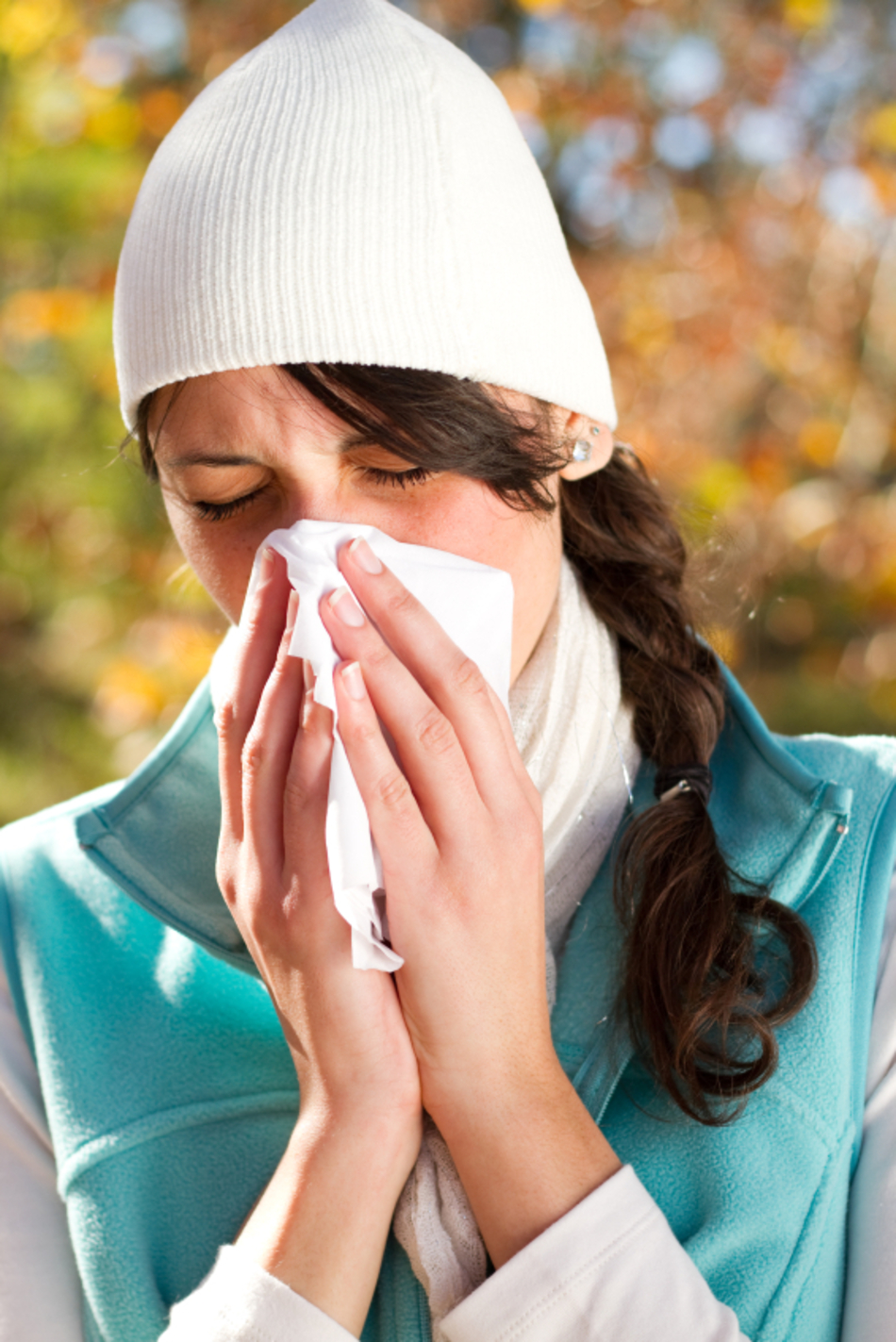
Episode Transcript
Dr. Cindy Gellner: So you might not suffer from spring allergies, but fall's a whole different ballgame. I'm Dr. Cindy Gellner from University of Utah healthcare and today I'll tell you how to cope with fall allergies on the scope.
Announcer: Medical news and research from University Utah Physicians and Specialists you can use for a happier and healthier life. You're listening to The Scope.
Dr. Cindy Gellner: Fall allergies are the bane of existence for a lot of people including myself and unfortunately I've passed this on to my two boys who are also miserable with allergies quite often. Fall tends to be a really bad season because ragweed all of the sudden spikes and so does mold and everyone's closing up there windows so the dust mites come in. The dust mites are in your house anyway, but the dust mites, since you have the heater on and it's dry, they settle a lot easier and everyone is just sitting there and scratching their eyes and scratching their nose and their throats all scratchy and they're sitting their sniffling. It's a miserable time of year, but there is hope. You can live with fall allergies, but yeah there are some of us who have to take medicine year-around.
There are some great antihistamines that are out there right now. One of my favorites is Zyrtec. It's an over-the-counter medicine and the dosing is actually on the packaging. It's safe for kids that are two years old and up and honestly just by taking a daily antihistamines starting about one to two weeks before the peak of allergy season and you're going to be okay. There are some people that actually need nose sprays as well or antihistamine eye drops. Those are prescriptions and you need to see your doctor about those, but quite often those are going to help you sail through the season without too much misery. For people who those don't work for there are some environmental steps that you can take at your home. The first one is be sure that you dust your house with a damp cloth and that will get all the dust mites out. That will get any pollen that comes into your house from that lovely ragweed and you're also going to want to make sure in your air conditioner or when you turn the heater on, you're going to have a nice heap filter in there. The heap filters actually trap those tiny little dust molecules, dust particles, and those tiny allergens that makes us all miserable.
For people who have dust allergies, another really good tip that I tell parents is to put a dust mite pillow cover on their children's bed. I have one on mine and my children do too. What it actually does is it traps those nasty dust mites in the pillows. Dust mites themselves don't cause the allergy the symptoms. It's really weird, but dust mites eat your skin cells and then they poop and then it's the dust mite poop that people have a reaction to. So, by keeping the dust mite pillow covers on, you actually will prevent you and your child from being exposed to that irritant that is making people miserable. Usually you'll know if you have a dust mite pillow or if you have dust mites in your pillow because you'll wake up in the morning with your eyes all swollen and your nose all. And then you know, oh okay, well once I get up I'm actually feeling better. Put a dust mite pillow cover on, I guarantee you'll feel better. You might be asking, "Where do I get these magical pillow cases?" You can get them from any place that has bedding. So, you can get it from like Target or Walmart or Smith's or any local place that actually sells bedding.
The other things you're going to do are make sure that your windows are closed during peak ragweed season, during the peak hours. That's usually early in the morning and late at night. Also, limit outside time during that time and you're also going to want to watch the pollen counts. You can go on theweatherchannel.com and they'll tell you the pollen counts for your zip code. Watch the local news; they also have the pollen counts on. If you see it from low, to moderate, to high, be prepared. Start really making sure you take those precautions for your allergies. So, if you're one of those people that are miserable in the fall, the biggest thing you can do is take control of your allergies. Make sure that you're doing as much as you can to keep your house allergen-free and make sure that you watch those pollen counts because they will tell you when you need to stay inside. Be sure to take your allergy medicine and if you're finding that you're allergies aren't controlled, please make sure that your children and you see a doctor who can help you. There are lots of treatments out there and you can have a normal life. I'm living proof, so are my children. You can have a normal life and the biggest thing is you just need to take charge. Thank you very much for listening today I'm Dr. Cindy Gellner and thanks again for listening to The Scope.
Announcer: We're your daily dose of science, conversation, medicine. This is The Scope, University of Utah Health Sciences Radio.